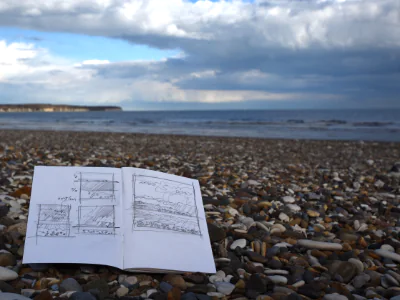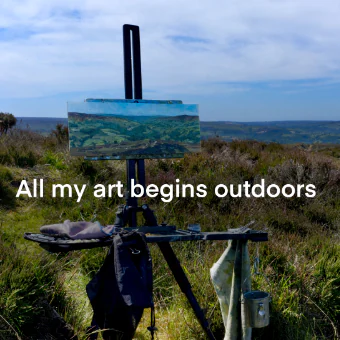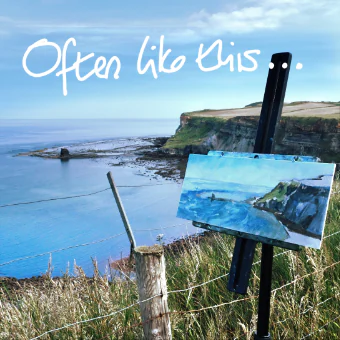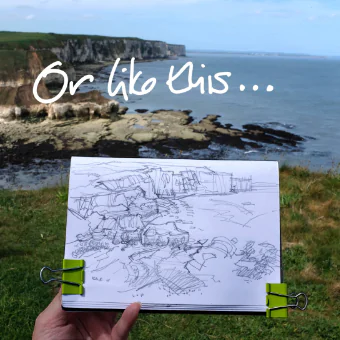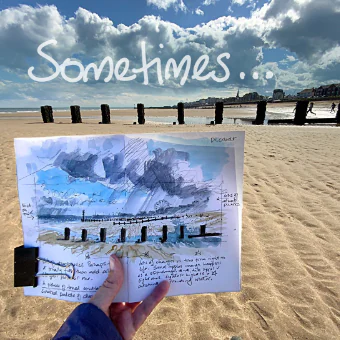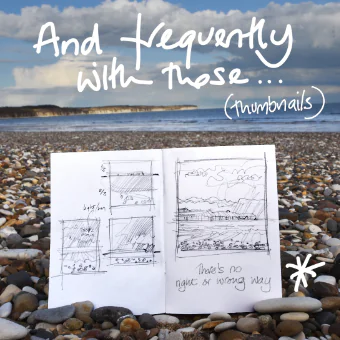What spark of art yonder lies?
It's among the hills, valleys, cliffs, meadows, and moorland, that landscape art ideas shimmer.
A landscape whispers shouts 'paint me!'
The flicker that catches my eye, can be a number of qualities in my surroundings: a composition (the shapes in the scene), the atmospherics (light and dark), and colours and textures.
Sometimes it's a particular thing that fascinates and beguiles me, such as an intriguing, spectacular, or unique tree.
Composition (the way a scene arranges itself) is a big thing in my art. It's usually a combination: composition and atmosphere; an awesome tree/rock/cloud and composition; composition and 'something' I'm not sure about. The list is long and it's not an exact science.
Saying all that, I'm not always sure which of the above it is, or whether there's something else that glimmers there.
Something says 'paint me' and I have to figure out exactly what that something is.
Inspiration isn't fussy about its origins
Ideas for paintings and prints come easily because I marvel at everything – yes, like a child. I have far more than I can ever hope to work up into finished art.
The thing is: a tonne of ideas makes it difficult to choose what to work on and to maintain a focus.
I've driven myself nuts in the past. Managing how I collect and work on ideas has preoccupied me a great deal in the last few years.
An over‑active connection with a muse is not all good!
